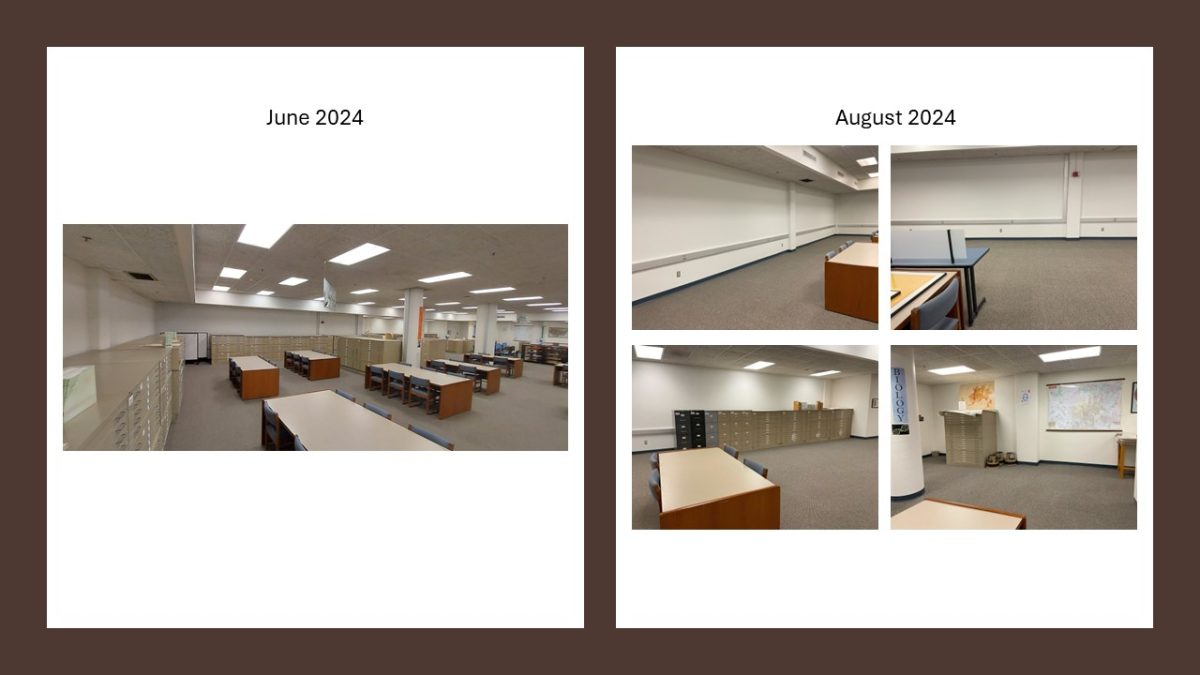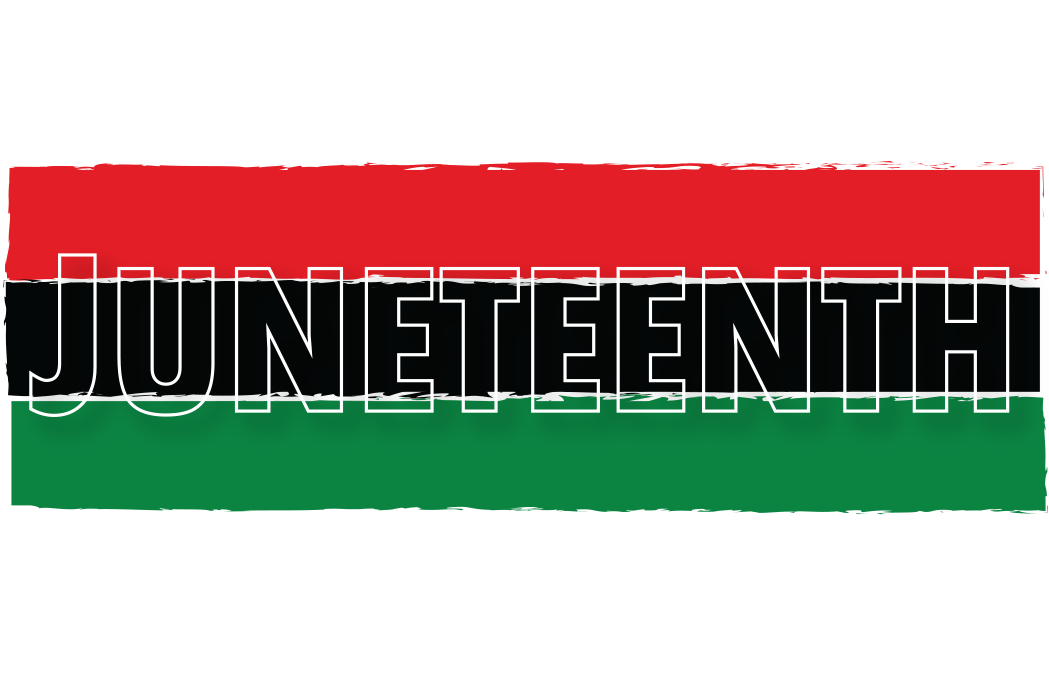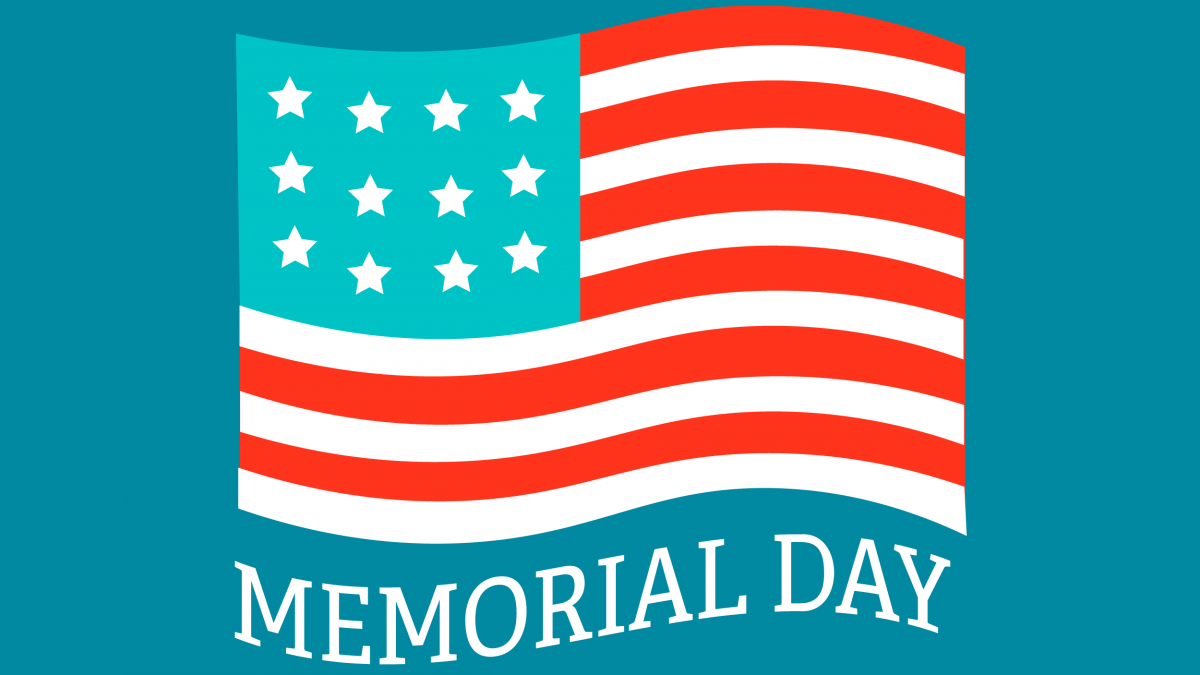All University of Cincinnati Libraries locations are closed Monday, Sept. 2 for Labor Day. The Libraries will reopen as scheduled Tuesday, Sept. 3.
Have a safe and relaxing holiday.

All University of Cincinnati Libraries locations are closed Monday, Sept. 2 for Labor Day. The Libraries will reopen as scheduled Tuesday, Sept. 3.
Have a safe and relaxing holiday.
When you visit the Geology-Math-Physics (GMP) Library this fall, you may notice big space changes that are now in progress. As an early step to open up space, several map cases and cabinets that once lined the eastern and southern walls (entry level) have been moved to remote storage (UC Fishwick facility). Cases of maps for the Tri-state region (Ohio, Indiana, Kentucky), highly used for teaching and research, remain onsite and have been consolidated in the library’s southwest corner.
To access maps, we highly recommend that you seek a digital version of any map. One great resource for digital maps is the USGS, particularly for topographical maps. If you need help locating digital maps, email the libraries’ Research & Data Services team at askdata@uc.edu.
For more information on print maps, including those which remain at GMP Library and those which are now located in remote storage, please review our research guide page on the map collection. Please visit the GMP Library for assistance with any map located onsite. To request a map in remote storage, please complete this form and a member of the Science and Engineering Libraries team will contact you and help with your needs.
UC’s science libraries – GMP Library and Chemistry-Biology Library – are undergoing major space changes and consolidation in light of the demolition of Crosley Tower, including the Chemistry-Biology Library space, in late 2025. In preparation for this, the Chemistry-Biology Library will close after spring semester 2025 and its research collections will relocate to GMP Library over time. We look forward to realizing a long-term vision for a combined science library.

Thank you to Marcia Johnson for the June 2024 image.

UC Libraries is running a trial for Sage Campus, a platform for online learning of skills and research methods. To access the trial, please visit the Campus trial information page: Univ of Cincinnati and Sage Campus Trial Information Page. The trial will run from August 19 to November 22, 2024.
Courses cover topics such as:
Research Planning
Getting Started with Data
Collecting Managing Data
Analyzing Data
Report Findings
Getting Published
Information Literacy
Check out the courses offered, share with your students, and let us know what you think of this resource. Email askdata@uc.edu to share your feedback.
New Books in the Science Libraries
A few interesting titles have been added to the Geology-Math-Physics and Langsam Libraries.
Click here to access the May-June 2024 list.
If you have any questions about these books, contact Ted Baldwin, Director of the Science and Engineering Libraries, at Ted.Baldwin@uc.edu.
All University of Cincinnati Libraries locations will be closed Wednesday, June 19 in observance of Juneteenth, the oldest nationally celebrated commemoration of the ending of slavery in the United States. Regular library hours for all locations will resume Thursday, June 20.

In observance of the holiday, learn about “Not Racist” vs. “Anti-Racist” Ideologies as part of week three of R.E.S.P.E.C.T.’s annual 21-Day Anti-Racism Challenge — a three-week long, self-guided learning exercise that focuses on different aspects of systemic racism, and how we can all fight against it. And join us Thursday, June 20th from 10:30AM-11:30PM for a Zoom discussion on the challenge, what was learned and how participants can take further action. Join the meeting here, or through the link found on the LibGuide.
R.E.S.P.E.C.T. (Racial Equity Support & Programming to Educate the Community Team) is a UC Libraries committee charged with developing external programming that explicitly addresses the negative role that systemic racism plays in our society.
All University of Cincinnati Libraries locations will be closed Monday, May 27 in observance of Memorial Day. Regular library hours for all locations will resume Tuesday, May 28. Have a safe and enjoyable holiday.

ORCID profiles can now be linked to Github profiles. What does this mean for you? Now you can include your ORCID number on your Github profile. It is also possible to add the URL of your Github account to your ORICD landing page. If you need some help setting up your ORCID or linking these two resources, please contact askdata@uc.edu.
To learn more check out the ORCID blog post on the memorandum.
Check out the new science books that have been added to the Geology-Math-Physics Library. A couple of interesting titles are The Native Landscape Reader and A Spider’s World.
Click here to access the January-February 2024 list.
If you have any questions about these books, contact Ted Baldwin, Director of the Science and Engineering Libraries, at Ted.Baldwin@uc.edu.
Most University of Cincinnati Libraries locations have reduced hours for Spring Break, March 9-16. Check the library website for a list of hours by location.
Have a safe and rejuvenating Spring Break, Bearcats!


Read Source, the online newsletter, to learn about the news, events, people and happenings in UC Libraries.
In this issue of Source, Liz Kiscaden, dean and university librarian, writes about moving forging a path as we create our strategic plan. Readers can access the Strategic Plan to give a sense of what we accomplished in 2022/2023. Collections play a prominent theme in this issue, including in a new DAAP Library exhibit, Rediscovering Catherina van Hemmessen’s Flagellation of Christ: Women as Artists, Patrons and Rulers in Renaissance Europe, that features prints, books and manuscripts from the collections of UC Libraries and in the acquisitions of Blue Books in the Archives and Rare Books Library. Collaboration is another theme of this issue when we write about Poetry Stacked Beyond the Bookshelves and the efforts of several librarians and staff to present for school children participating in the College Mentors for Kids program. And don’t miss the article about the lost mural in the CEAS Library.
Read these articles, as well as past issues, on the website. To receive Source via e-mail, contact melissa.norris@uc.edu to be added to the mailing list